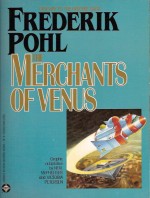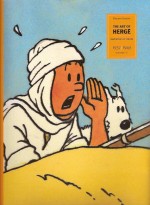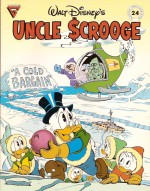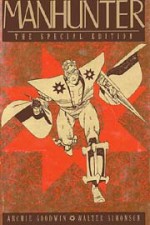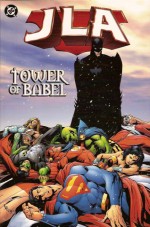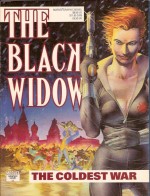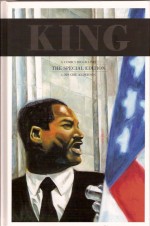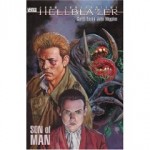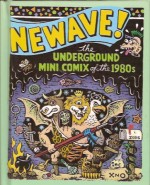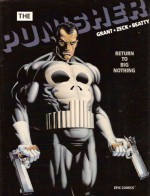
By Steven Grant, Mike Zeck & John Beatty (Marvel/Epic)
ISBN: 0-87135-553-1
Ever woken up in one of those bad moods where you just want to bite everybody and kick their dog, but just can’t justify the expense of spleen?
Well you could give in to the urge but you might want to try my remedy: find a good, old-fashioned kick-ass, gratuitous comic story and let someone more qualified in mayhem-management handle the hard work whilst you vicariously reap the subsequent rewards in karma and entertainment value.
A faithful standby in such situations is always the Punisher: an unreconstructed and unrepentant slice of “because I said so†gloriously devoid of such tricky downers as conscience, remorse or annoying, shilly-shallying moral grey areas.
Debuting as a villain in Amazing Spider-Man #129 (February 1974), the Punisher was created by Gerry Conway, John Romita Sr. and Ross Andru, a reaction to such popular prose anti-heroes as Don Pendleton’s Mack Bolan: the Executioner and other returning Viet Nam vets who all turned their training and talents to wiping out organised crime.
Frank Castle saw his family gunned down in Central Park after witnessing a mob hit, and thence dedicated his life to eradicating criminals everywhere. His methods are violent and permanent. It’s intriguing to note that unlike most heroes who debuted as villains (Wolverine comes to mind) the Punisher actually became more immoral, anti-social and murderous, not less: the buying public shifted its communal perspective – Castle never toned down or cleaned up his act…
After bouncing around the Marvel universe for a good few years a 1986 miniseries by Steven Grant and Mike Zeck (which I must review sometime soon) swiftly led to a plethora of “shoot-’em-all and let God sort it out†antics that quickly boiled over into tedious overkill, but along the way a few pure gems were cranked out, such as this intriguing and absorbing graphic novel which reunited the creative team, mysteriously released in 1989 under the generally creator-owned Epic imprint.
Still available in hardback and softcover in the so-satisfying oversized European format (284m x 215m) it sees the Urban Commando re-explore his early days as a Marine when his perpetual hunt for criminals reunites him with Supply Sergeant Gorman, his old Nam top-kick: a savage, cunning thug who couldn’t be outfought, and a man who murdered his own men to begin his career as a drug baron…
Years later Castle’s crusade has brought him to Las Vegas and to his horror the man he couldn’t beat is at the top of a pyramid of vice and death that leads from the US Army to the Asian drug-gangs that peddle death in the streets. Looks like the Punisher is going to need a bigger gun – or lots of them…
Hard, fast and deliciously brutal, this non-stop rocket-ride has everything that made the series so popular, stripped down to a form of costumed Noir that is absolutely irresistible. Grant, Zeck and Beatty completely understand the tough guy mystique of the character whilst the action and exotic locales fuel and feed the impression of a proper movie blockbuster that neither of the two actual films (so far) has got anywhere near.
If you truly need to see bullets fly and creeps die – then you need Return to Big Nothing.
© 1989 Marvel Entertainment Group, Inc. All Rights Reserved.

